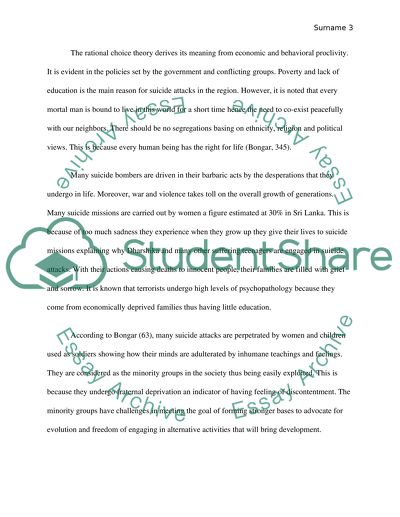Cite this document
(“Conflict Coursework Example | Topics and Well Written Essays - 3500 words”, n.d.)
Retrieved from https://studentshare.org/miscellaneous/1608439-conflict
Retrieved from https://studentshare.org/miscellaneous/1608439-conflict
(Conflict Coursework Example | Topics and Well Written Essays - 3500 Words)
https://studentshare.org/miscellaneous/1608439-conflict.
https://studentshare.org/miscellaneous/1608439-conflict.
“Conflict Coursework Example | Topics and Well Written Essays - 3500 Words”, n.d. https://studentshare.org/miscellaneous/1608439-conflict.


